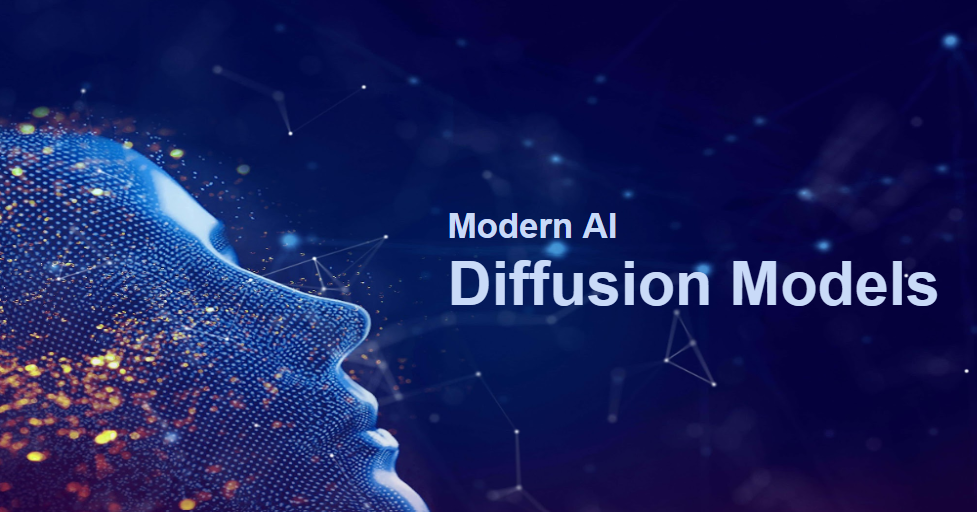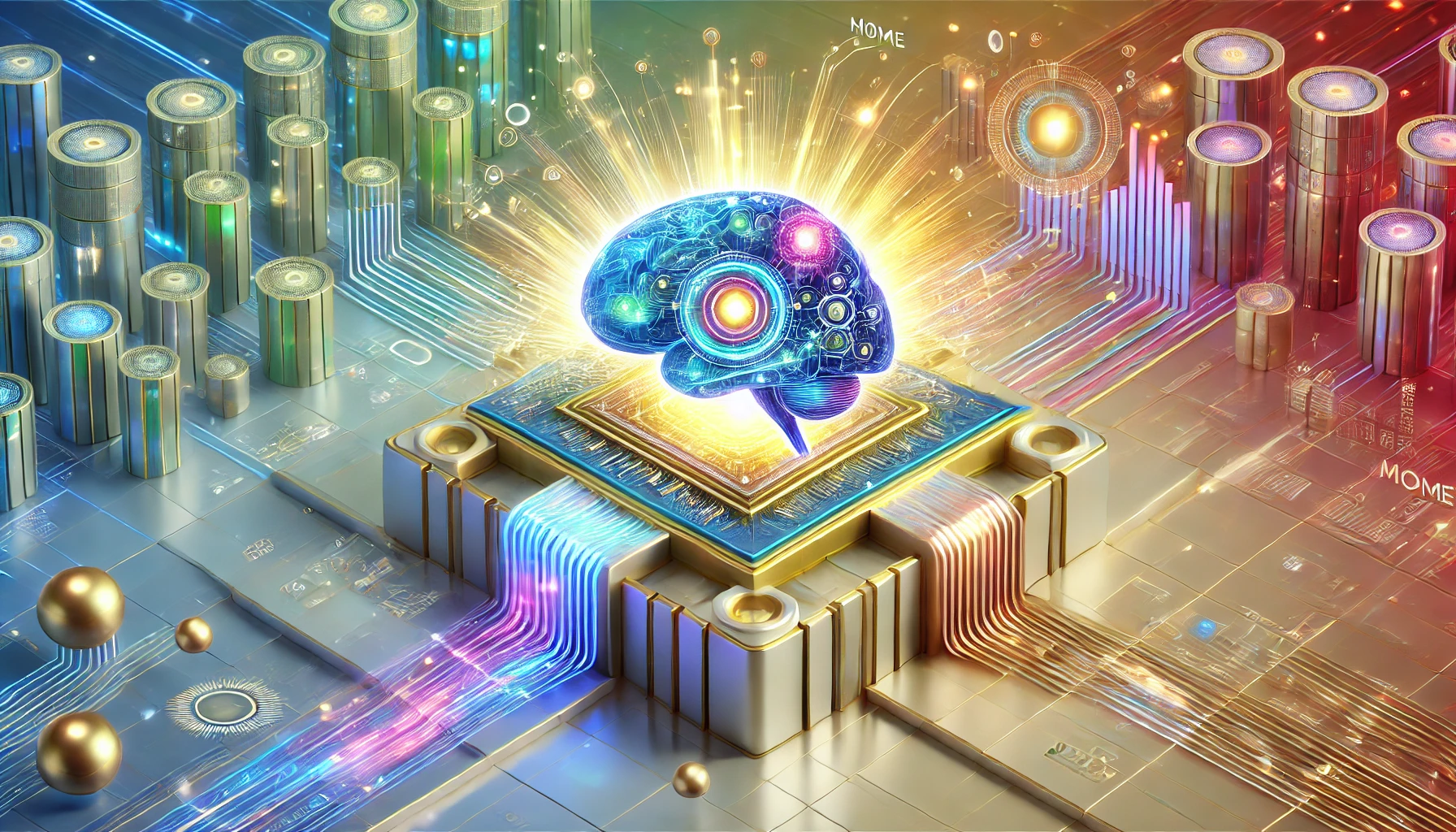Introduction to Diffusion Models
In recent years, diffusion models have emerged as a powerful breakthrough in artificial intelligence (AI), especially in the field of generative models. These models have demonstrated remarkable success in generating high-quality images, audio, and even video. Popularized by tools like DALL·E 2, Stable Diffusion, and Midjourney, diffusion models are transforming how machines create realistic content from scratch.
What Are Diffusion Models?
A diffusion model is a type of probabilistic generative model that learns to create data by reversing a process of noise addition. It begins with pure random noise and slowly removes the noise step-by-step to produce a structured and realistic output. This process is inspired by how thermodynamic diffusion works in physics, where particles spread out over time. In AI, the reverse process is learned using deep neural networks.
How Diffusion Works in AI
The model is trained in two phases:
-
Forward Process (Diffusion): The data is gradually corrupted by adding noise in small steps.
-
Reverse Process (Denoising): A neural network is trained to remove the noise step-by-step, eventually reconstructing the original data.
Over many iterations, the model becomes excellent at generating realistic images or text from noise, guided by input prompts or conditions.
Why Diffusion Models Matter
Diffusion models have surpassed older generative techniques like GANs (Generative Adversarial Networks) in several areas:
-
They produce more stable and higher-quality outputs
-
They are easier to train without the mode collapse issues of GANs
-
They offer finer control over the generation process, allowing for highly customizable results
This makes diffusion models ideal for applications like art generation, drug discovery, image editing, and 3D modeling.
Challenges and Future Scope
Despite their strengths, diffusion models are computationally expensive and slow compared to other techniques. Researchers are now focusing on optimizing speed, reducing energy consumption, and expanding use cases beyond visuals into text, audio, and video generation.
Conclusion
Diffusion models represent a revolution in AI-generated content, offering a blend of mathematical rigor and creative flexibility. As they continue to evolve, they are likely to play a central role in next-generation AI applications, pushing the boundaries of what machines can imagine and create.

